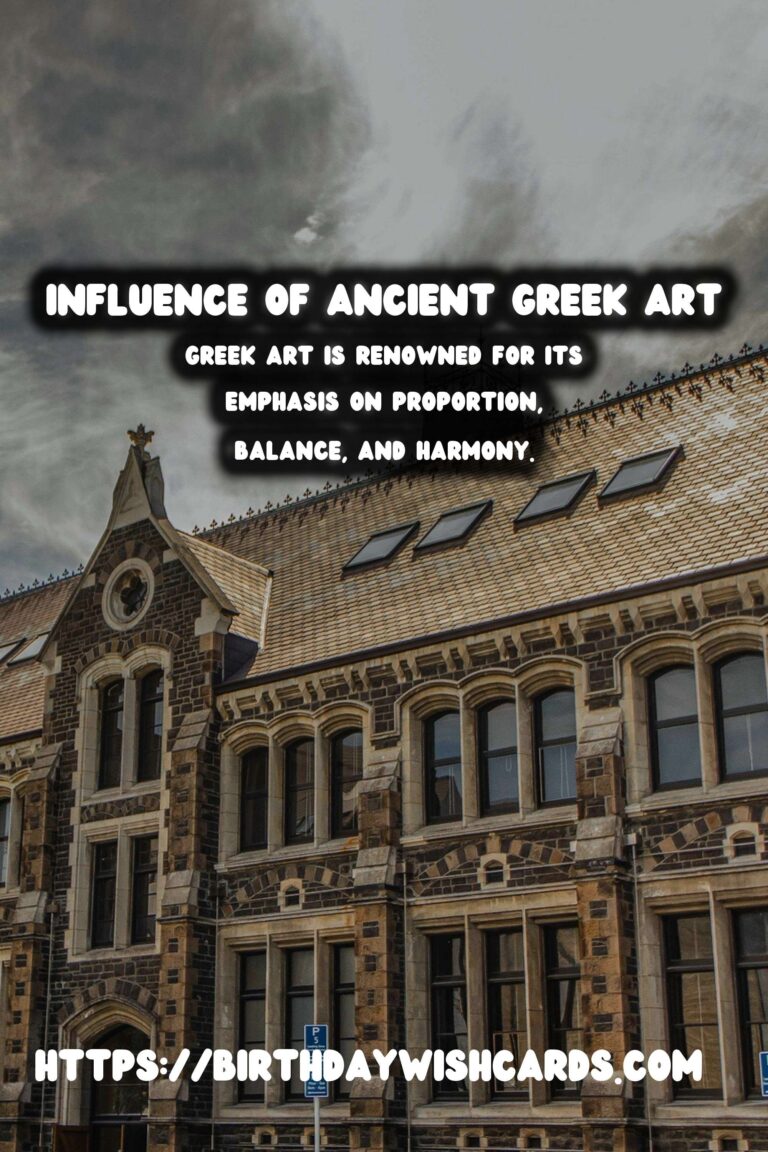
Ancient Greek art has left an indelible mark on the world of modern design. From architecture to sculpture, and from painting to pottery, the Greeks have influenced countless aspects of contemporary aesthetics. In this comprehensive article, we explore how these ancient masterpieces continue to shape our design philosophies today.
The Foundations of Greek Art
Greek art is renowned for its emphasis on proportion, balance, and harmony. The Greeks meticulously crafted their works to reflect these principles, creating pieces that were not only beautiful but mathematically precise. This approach laid the groundwork for subsequent art movements that sought to emulate these ideals.
The Classical period, in particular, was a time of great innovation. Artists like Phidias and Polykleitos pushed the boundaries of what was possible with sculpture, introducing the concept of ‘contrapposto’—a stance in which a figure is depicted as slightly twisted to convey movement and a relaxed realism. This technique is evident in the iconic sculptural masterpieces, such as the statues of Zeus and Athena.
Greek Architecture and Modern Echoes
The architectural achievements of ancient Greece are perhaps the most visible legacies in today’s design. The Parthenon, with its Doric columns and measured symmetry, serves as a blueprint for countless government buildings, museums, and monuments. The adoption of such elements in the neoclassical architecture of the late 18th and early 19th centuries underscores the endurance of Greek design principles.
In modern times, firms creating sleek skyscrapers and minimalist homes often incorporate Greek-inspired features. The use of columns, pediments, and open spaces resonates within contemporary architectural projects, emphasizing the importance of light, space, and geometric precision.
Sculptural Inspirations: From Marble to Modernity
Greek sculptures have captured the human form with a striking level of realism and detail. This has sparked immense interest among modern artists and designers, who strive to capture the same level of emotional expression and anatomical correctness. Many contemporary sculptures, public statues, and even fashion designs borrow elements from Greek sculpture, making the ancient techniques eternally relevant.
Additionally, the resurgence of body-positive portrayals in art and media draws a direct line to the Greek celebration of the human form’s diversity and beauty.
Pottery and Patterns in Modern Design
The intricate patterns and depictions found on Greek pottery provide a rich source of inspiration for modern graphic design. The use of geometric shapes, mythological narratives, and stylized figures are prevalent in contemporary ceramics, textiles, and even digital graphics. These visual elements often serve as cultural touchstones, connecting modern audiences to a deeper historical context.
Greek Art’s Influence on Modern Styles
The echo of Greek art is evident in various modern design movements. The Art Deco movement, known for its bold geometric patterns and lavish ornamentation, incorporates motifs drawn from ancient Greek culture. Similarly, the minimalism that defines modern Scandinavian design owes its love of simplicity and function to Greek artistic principles.
Furthermore, the concept of ‘timelessness’ in design—creating art and spaces that endure through eras without losing their appeal—is directly descended from Greek ideals. Its influence can be seen within every sphere of visual and functional art today.
The Importance of Greek Art in Education and Research
Greek art is not only aesthetically significant but also essential for educational purposes. Art schools often use Greek works as foundational examples for teaching critical principles of design and spatial reasoning. Research in the field of art history frequently emphasizes Greek influences when discussing the development of Western arts.
The consistent revisiting of Greek art forms and methodologies showcases its importance in the ongoing conversation about design and cultural heritage. As a touchstone for understanding creativity and aesthetics, Greek art continues to be a vital part of academic curricula around the world.
In conclusion, the enduring influence of ancient Greek art on modern design is both deep-rooted and expansive. Its principles of beauty, balance, and function continue to inspire contemporary artists and designers, ensuring that the legacy of artists and craftsmen from millennia ago remains alive in our modern world.
Greek art is renowned for its emphasis on proportion, balance, and harmony. The Greeks meticulously crafted their works to reflect these principles, creating pieces that were not only beautiful but mathematically precise. 

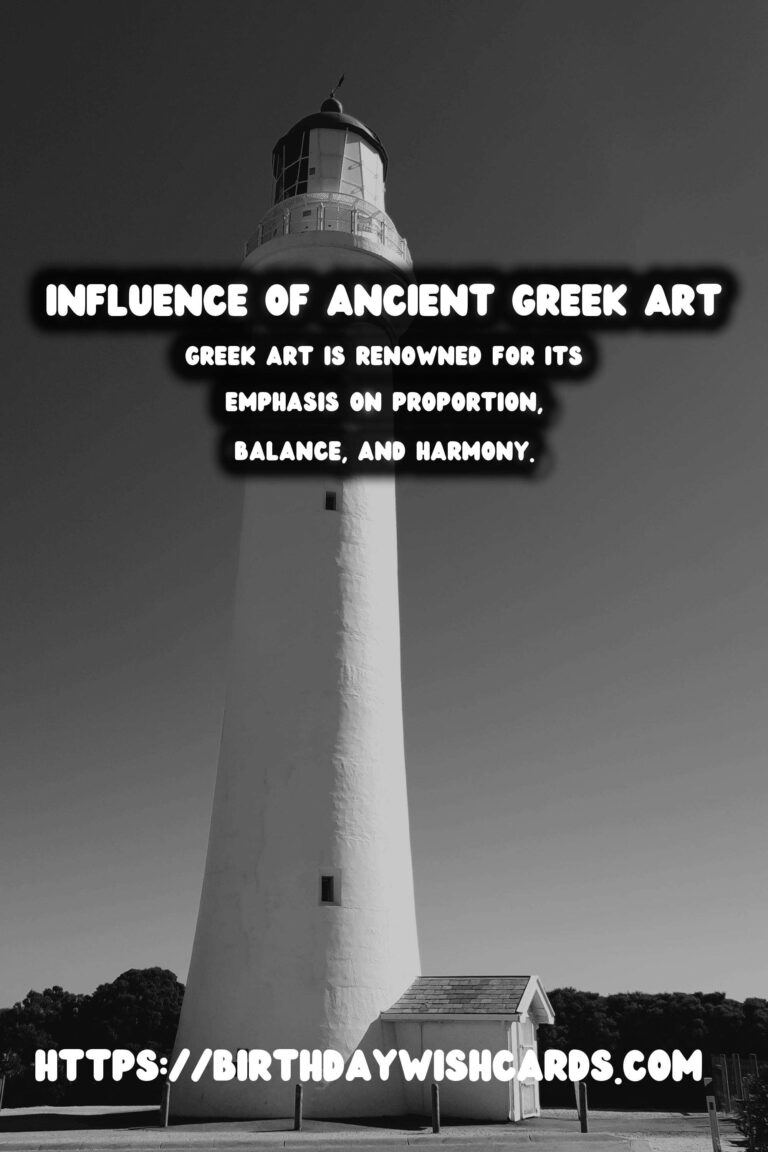

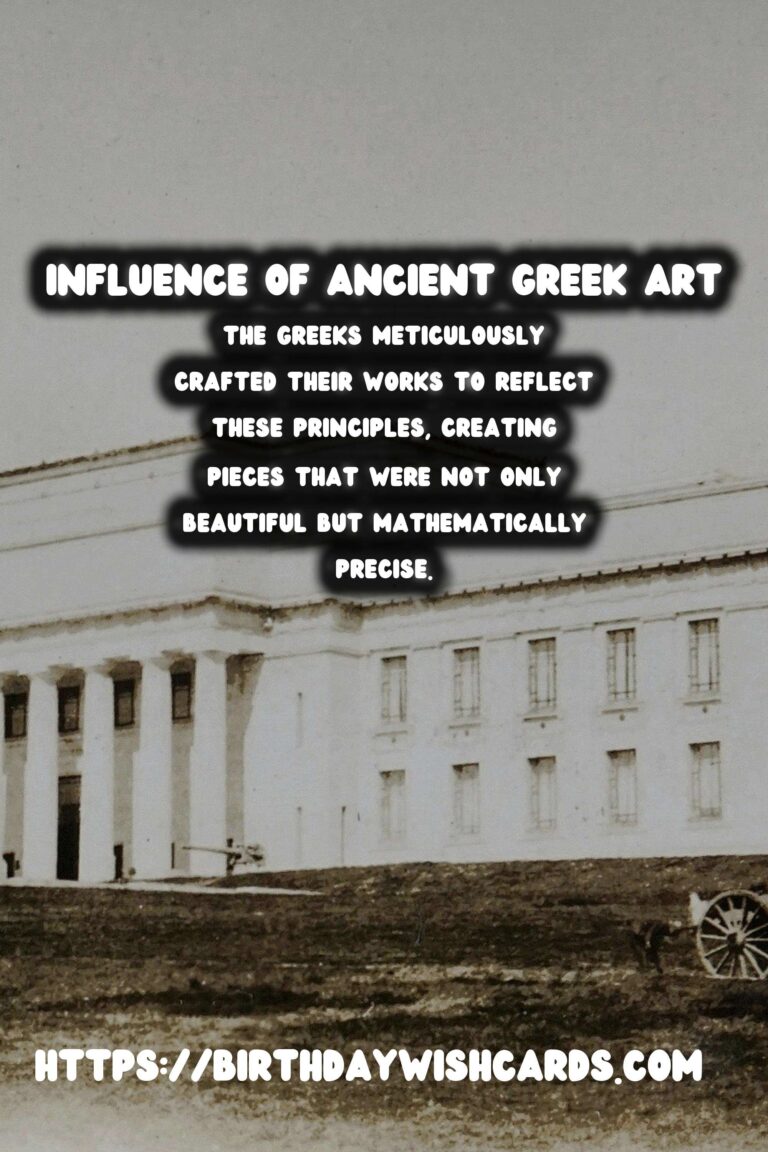

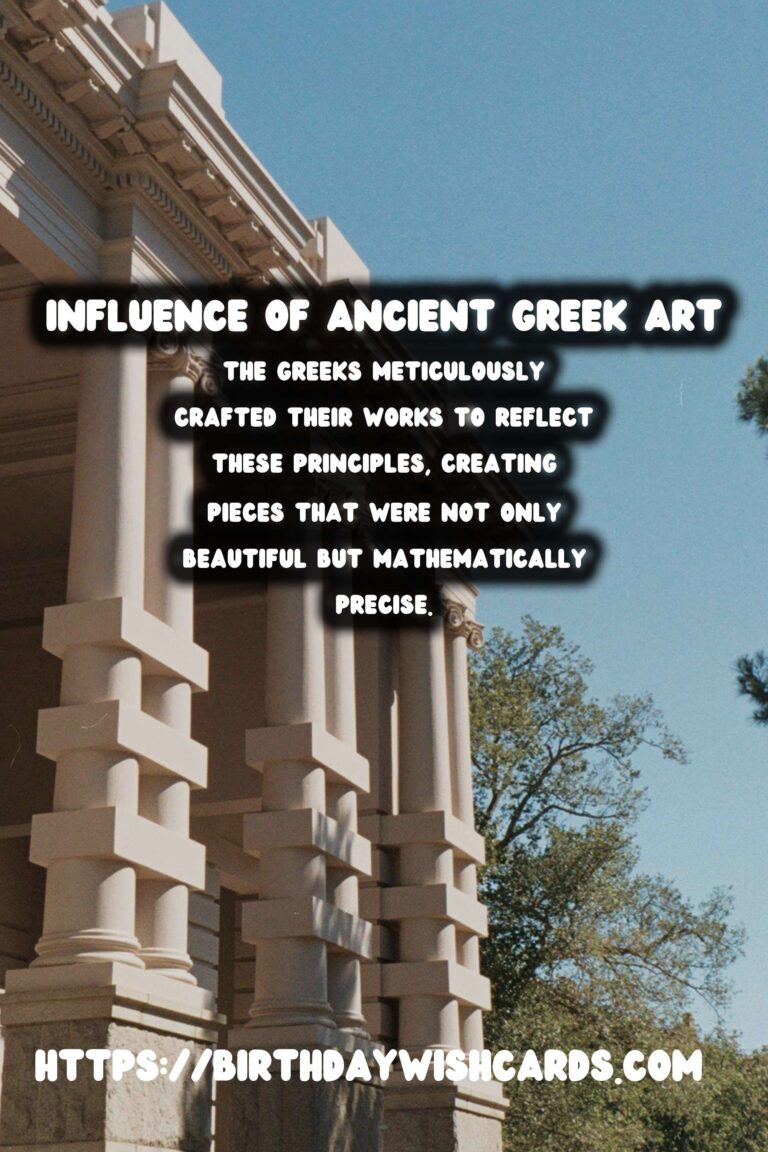

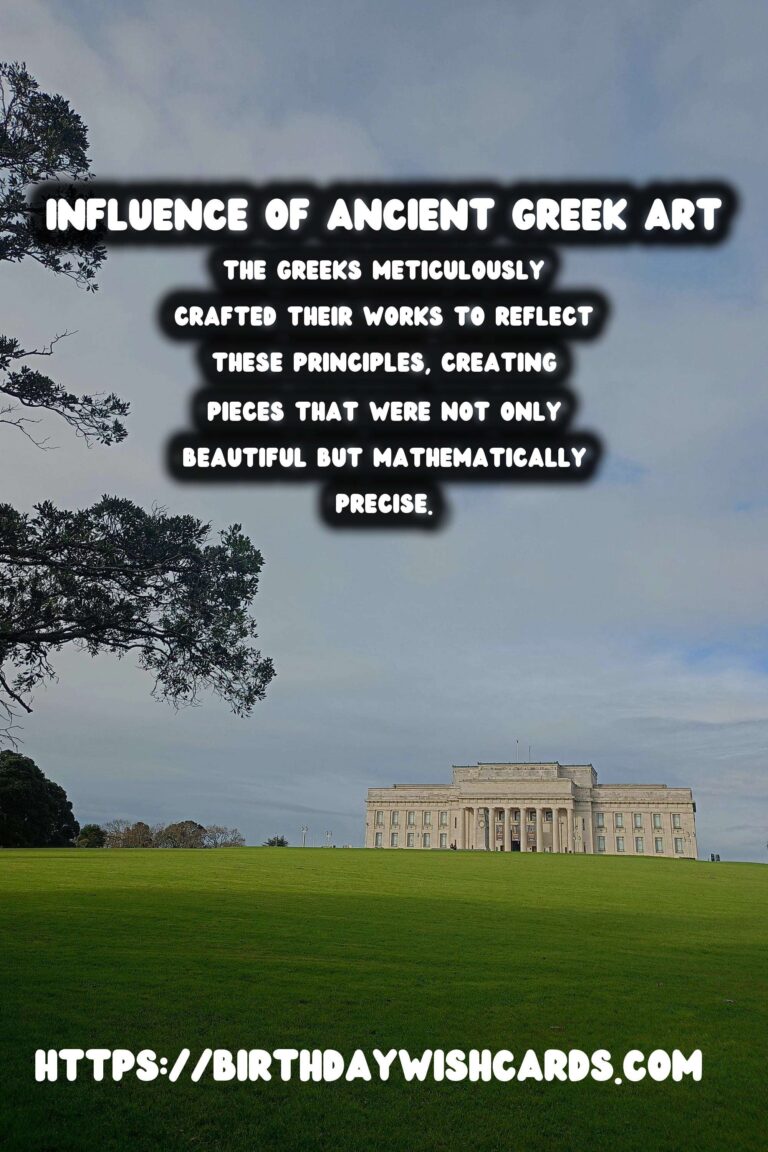
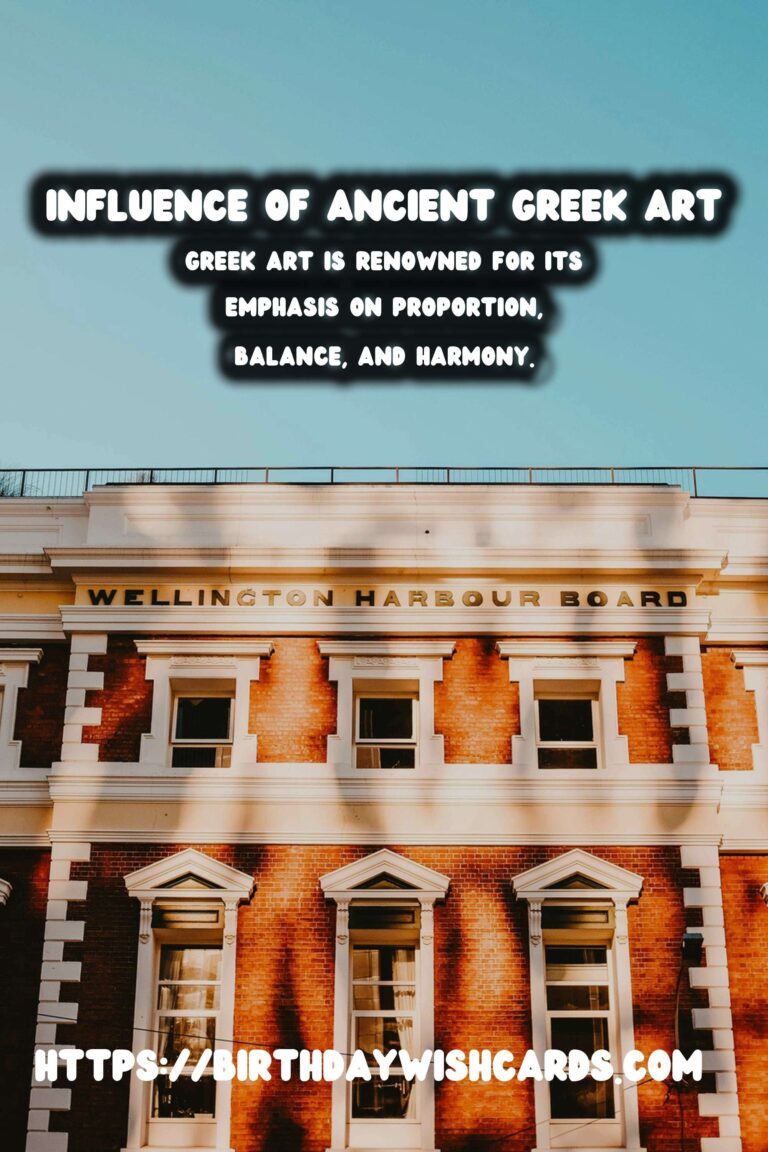
#AncientGreekArt #ModernDesign




